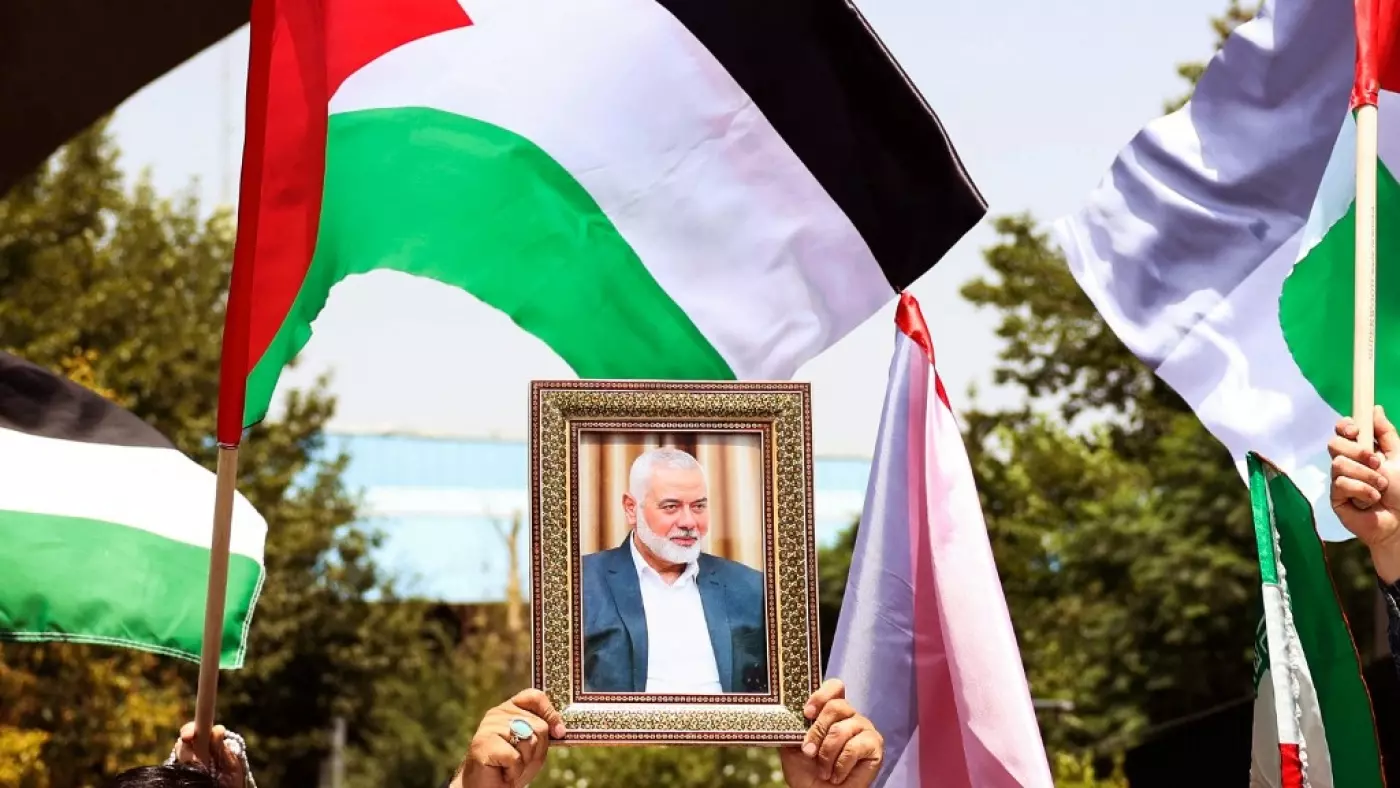Haniyeh killing: What will Hamas look like after the political leader's death?: Opinion

Symbolically, the death of Ismail Haniyeh is the heaviest loss that the Hamas leadership has faced since the assassination of its founder and spiritual leader, Ahmed Yassin, in 2004.
Although the damage is considerable, Hamas will not be destroyed by his absence. The group’s collective leadership is spread inside and outside of Palestine, with a structure designed to minimise the disappearance of any leader, however important they may be.
This pattern of assassination and renewal has been repeated over time. Eliminating individual leaders temporarily weakens the movement but consolidates its standing and popularity. Younger leaders step in, reorganisation takes place, and the group’s base of support widens.
A more important factor is the exacerbation of the causes behind the emergence of Hamas and other Palestinian resistance groups: the brutality of the ongoing Israeli occupation.
Israel fought against the Palestine Liberation Organisation (PLO) and Fatah, and after it largely neutralised both without ending its colonisation and occupation of Palestine, Hamas and Palestinian Islamic Jihad, which are proscribed as terrorist groups in the UK and other countries, came into being. The equation remains the same: military occupation breeds resistance.
Read more: Haniyeh killing: What will Hamas look like after the political leader's death? Opinion by Khaled Hroub


